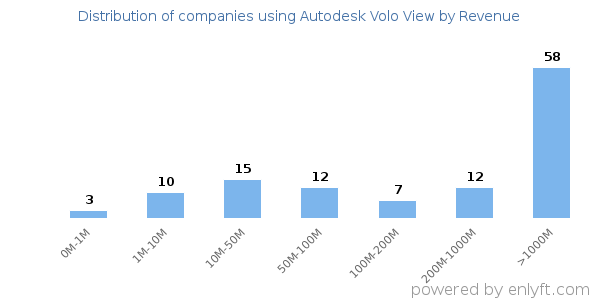Companies using Autodesk Volo View
We have data on 121 companies that use Autodesk Volo View. The companies using Autodesk Volo View are most often found in United States and in the Oil & Energy industry. Autodesk Volo View is most often used by companies with >10000 employees and >1000M dollars in revenue. Our data for Autodesk Volo View usage goes back as far as 8 years and 5 months.
If you’re interested in the companies that use Autodesk Volo View, you may want to check out Autodesk AutoCAD and Dassault SolidWorks as well.
Who uses Autodesk Volo View?
| Company | Northrop Grumman Corporation |
| Website | northropgrumman.com |
| Country | United States |
| Revenue | >1000M |
| Company Size | >10000 |
| Company | Rogers Communications Inc |
| Website | rogers.com |
| Country | Canada |
| Revenue | >1000M |
| Company Size | >10000 |
| Company | Unisource Solutions |
| Website | unisourceit.com |
| Country | United States |
| Revenue | 10M-50M |
| Company Size | 200-500 |
| Company | Interactive Network Technologies |
| Website | int.com |
| Country | United States |
| Revenue | 10M-50M |
| Company Size | 500-1000 |
| Company | Halliburton Energy Services, Inc |
| Website | halliburton.com |
| Country | United States |
| Revenue | >1000M |
| Company Size | >10000 |
| Company | Website | Country | Revenue | Company Size |
|---|---|---|---|---|
| Northrop Grumman Corporation | northropgrumman.com | United States | >1000M | >10000 |
| Rogers Communications Inc | rogers.com | Canada | >1000M | >10000 |
| Unisource Solutions | unisourceit.com | United States | 10M-50M | 200-500 |
| Interactive Network Technologies | int.com | United States | 10M-50M | 500-1000 |
| Halliburton Energy Services, Inc | halliburton.com | United States | >1000M | >10000 |
Target Autodesk Volo View customers to accomplish your sales and marketing goals.
Autodesk Volo View Market Share and Competitors in Computer-aided Design & Engineering
We use the best indexing techniques combined with advanced data science to monitor the market share of over 15,000 technology products, including Computer-aided Design & Engineering. By scanning billions of public documents, we are able to collect deep insights on every company, with over 100 data fields per company at an average. In the Computer-aided Design & Engineering category, Autodesk Volo View has a market share of about 0.1%. Other major and competing products in this category include:
Computer-aided Design & Engineering
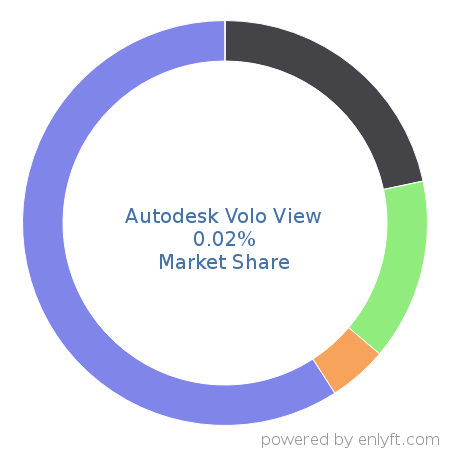

What is Autodesk Volo View?
Volo View was a web-enabled review and markup tool from Autodesk for engineering data, including support for Autodesk's DWG, DXF, and DWF formats. Volo View enabled design teams to communicate ideas and review designs without access to AutoCAD software. Autodesk discontinued sales of Volo View in 2005.
Top Industries that use Autodesk Volo View
Looking at Autodesk Volo View customers by industry, we find that Oil & Energy (13%), Telecommunications (7%), Information Technology and Services (6%) and Computer Software (5%) are the largest segments.
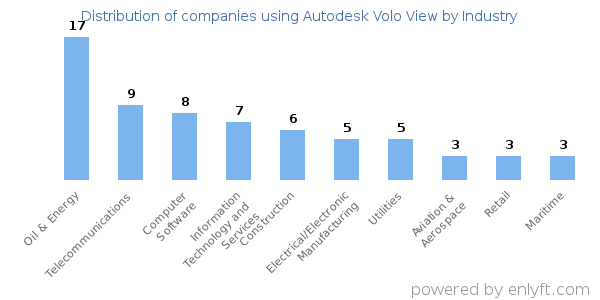
Top Countries that use Autodesk Volo View
60% of Autodesk Volo View customers are in United States, 7% are in Canada, 5% are in United Kingdom and 5% are in Brazil.
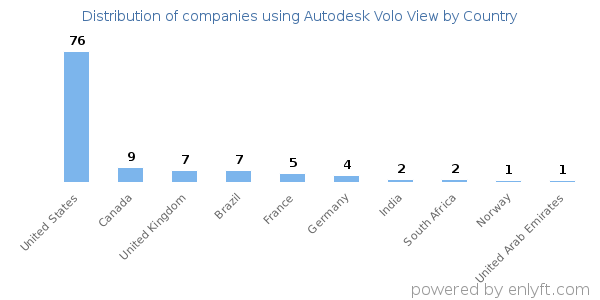
Distribution of companies that use Autodesk Volo View based on company size (Employees)
Of all the customers that are using Autodesk Volo View, a majority (53%) are large (>1000 employees), 9% are small (<50 employees) and 31% are medium-sized.
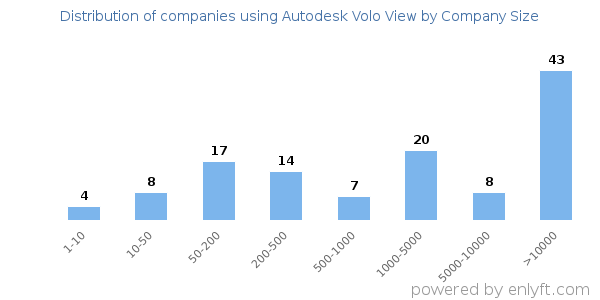
Distribution of companies that use Autodesk Volo View based on company size (Revenue)
Of all the customers that are using Autodesk Volo View, a majority (55%) are large (>$1000M), 20% are small (<$50M) and 16% are medium-sized.
